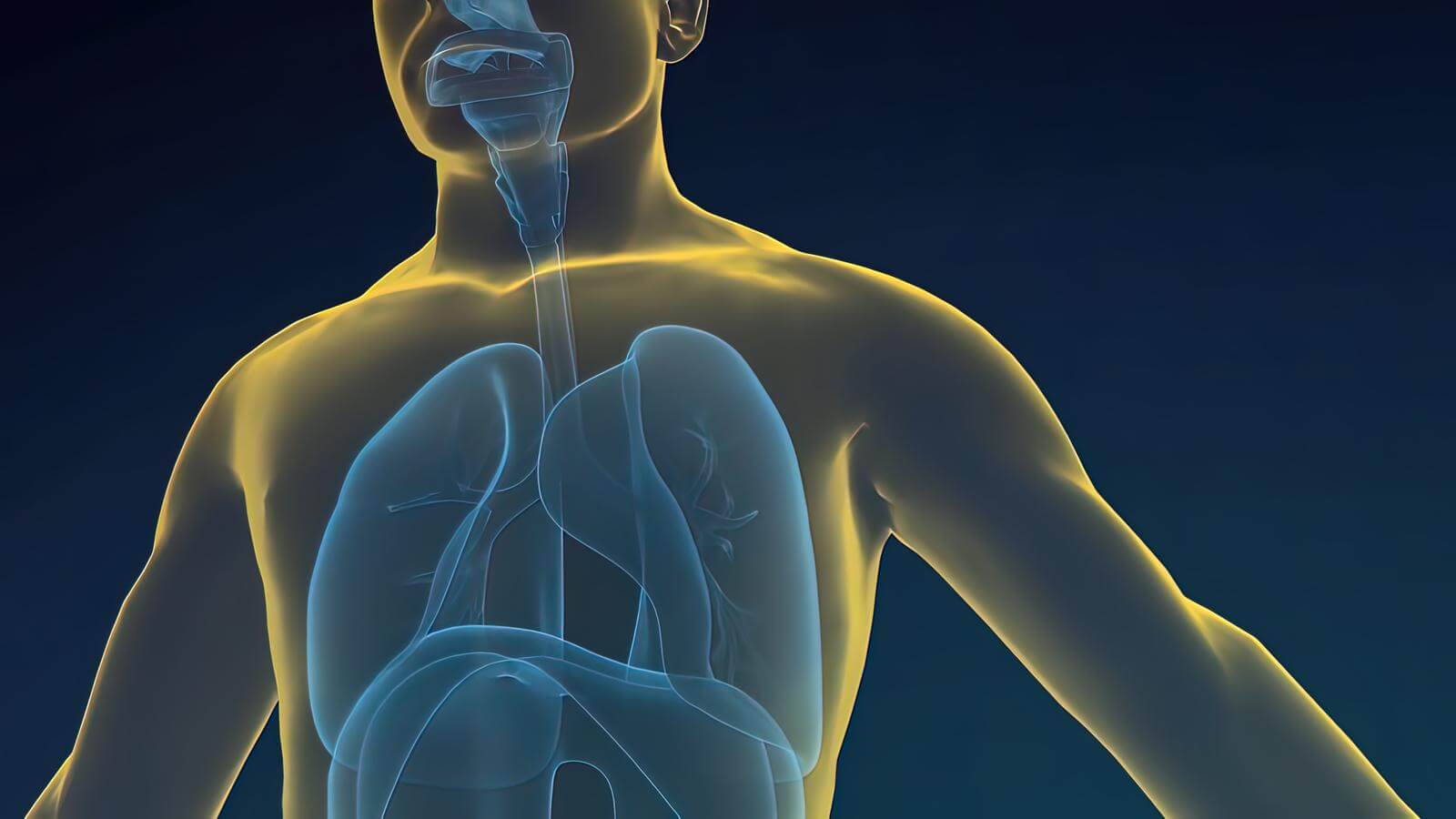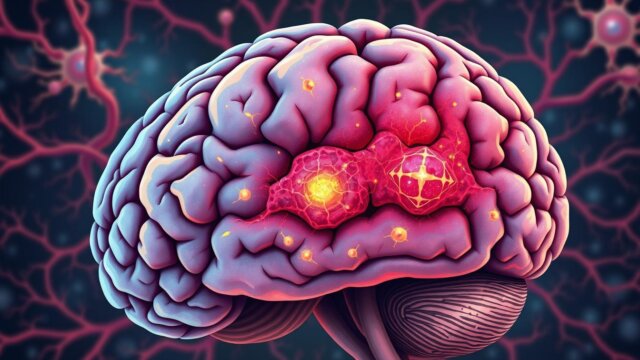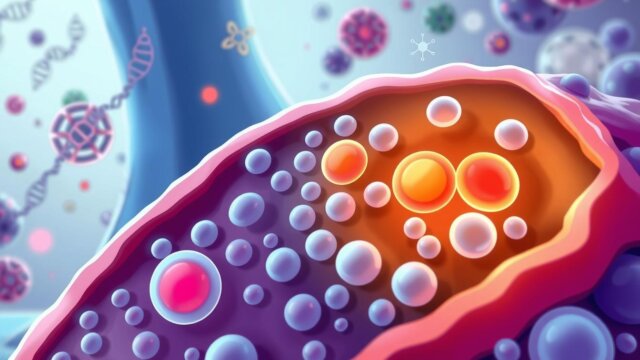FTC disclaimer: This post may contains affiliate links and we will be compensated if you click on a link and make a purchase.
Chronic Obstructive Pulmonary Disease (COPD) is when the airways become inflamed and narrow over time.
This causes shortness of breath, coughing, wheezing, chest tightness, and even emphysema. It’s also called a chronic obstructive pulmonary disorder because breathing is difficult.
In this article, we’ll look at the early symptoms of COPD. We’ll talk about how to detect these symptoms before they get worse. And we’ll see why it’s important to act fast.
If you suspect you may have COPD, read this article and learn how to prevent it from becoming a serious problem.
Understanding the early stage (stage 1) of COPD

COPD is a progressive lung disease that makes it hard to breathe. The main symptom of COPD is shortness of breath.
COPD is caused by long-term exposure to lung irritants, such as cigarette smoke, air pollution, and dust.
COPD is a preventable and treatable disease. The earlier COPD is detected, the better the chance for successful treatment.
There are four stages of COPD. Stage 1 is the mildest, and stage 4 is the most severe.
Stage 1 of COPD is the mildest stage of the disease. At this stage, you may not have any symptoms. Or, you may only have mild symptoms, such as shortness of breath during physical activity.
Most people with COPD are diagnosed in stage 2 or 3. This is because the symptoms of stage 1 COPD are often mistaken for other conditions, such as a cold or asthma.
If you have COPD, you must see your doctor for regular check-ups. Your doctor will use a spirometry test to check how well your lungs work. If your lung function is normal, you probably don’t have COPD.
However, if your lung function is reduced, it may be early-stage COPD. In this case, your doctor may prescribe medication to help relieve your symptoms.
They may also recommend lifestyle changes, such as quitting smoking, to help slow the progression of the disease.
If you have COPD, it’s important to take steps to protect your lungs from irritants. This includes avoiding smoking, staying away from air pollution, and wearing a mask when you’re around dust.
Early symptoms of COPD Explained
Chronic obstructive pulmonary disorder, C.O.P.D. For short, it is a disease that begins with a variety of symptoms that are relatively unique to each individual.
The early symptoms of COPD may vary with each episode within a particular individual.
Sputum, phlegm, and mucus from the respiratory tract
Common early symptoms of COPD are a change in the normal amount of sputum, phlegm, and mucus from the respiratory tract, a change in color of that sputum, and the onset of shortness of breath similar to asthma.
The amount of sputum, otherwise known as phlegm, can change drastically during the onset of a COPD episode.
If you find yourself with a dramatic decrease or increase in how much mucus you normally have mixed with your saliva, then you may need to keep this early symptom of COPD in mind.
Phlegm or Mucus color change
Another early symptom of COPD occurs when your phlegm or mucus changes color to a yellow or greenish variety.
This is especially true if you discover traces of blood in your sputum. The presence of blood is one of the most telling early symptoms of COPD.
Pay close attention if you begin to find yourself short of breath more often and to a greater degree than is normal for you.
Shortness of breath, Coughing, Wheezing
Shortness of breath, often coupled with coughing fits or uncontrollable wheezing, is one of the definitive signs of developing COPD.
These are not the only early symptoms of COPD, however. A general feeling of ill health, ankle swelling, forgetfulness, and slurring speech are all commonly found as early symptoms of COPD.
This disorder has a variety of symptoms people often overlook that you may never consider as an actual issue.
Fatigue, change in weight, and trouble sleeping.
Trouble sleeping, sudden change in weight, an increased sense of fatigue, and even a loss of sexual drive and vigor are all early symptoms of COPD.
If you find yourself with one or more of these early symptoms of COPD, it is highly suggested that you visit a doctor, especially if you currently have a lung infection or the flu.
How to Diagnose Early Symptoms of COPD?
COPD affects millions of people worldwide. And while most cases are mild, there are times when symptoms are severe enough to warrant hospitalization.
But how do doctors diagnose early symptoms of COPD?
Spirometry Testing
Doctors use spirometry testing to determine whether patients have the chronic obstructive pulmonary disease (COPD). They use a device called a spirometer to measure lung function.
During the test, the patient breathes into the machine and measures the volume of air inhaled and exhaled over time.
The information gathered helps doctors diagnose COPD and determine the severity of the disease.
For example, spirometry testing can help identify people whose lungs aren’t working properly because of smoking or environmental pollutants.
Doctors can also use spirometry to monitor progress during treatment.
Physical Examination and Blood Test
Your doctor will ask about your height, weight, age, race, sex, and smoking history.
He or she will also probably ask questions about your family history. And, of course, he or she will perform a physical examination.
In addition, doctors will likely take several blood samples, including cholesterol, thyroid hormone, and vitamin D levels.
These tests can tell your doctor whether you have certain risk factors for heart disease, diabetes, or cancer.
How to treat early symptoms of COPD?
If you have early symptoms of COPD, it’s important to see your doctor. Early diagnosis and treatment can help slow the progression of COPD and improve your quality of life.
There is no cure for COPD, but there are treatments that can help relieve symptoms and make it easier to breathe.
Your doctor might recommend using a quick-relief inhaler to treat symptoms such as coughing and wheezing.
A quick-relief inhalation device contains medication you breathe into your mouth and throat. It opens small passageways in your airways, allowing the medicine to reach your lungs quickly.
If you have COPD, your doctor may recommend:
- Oxygen therapy
- Pulmonary rehabilitation
- Medications
Oxygen therapy involves breathing in pure oxygen through a mask or tubes. This can help improve your breathing and make it easier to do everyday activities.
Pulmonary rehabilitation is an exercise and education program that can help you breathe better and improve your quality of life.
Medications can help relieve symptoms and make it easier to breathe. The most common COPD medications are:
- Bronchodilators
- Inhaled steroids
- Phosphodiesterase-4 inhibitors
Bronchodilators work by relaxing the muscles around your airways, making breathing easier. Inhaled steroids help reduce inflammation in your airways. Phosphodiesterase-4 inhibitors help improve the function of your lungs.
If you have COPD, taking care of yourself and avoiding things that can worsen your symptoms is important. These include:
- Smoking
- Exposure to lung irritants
- Infections
If you have COPD, quitting smoking is the most important thing you can do to improve your health.
Lung irritants, such as dust, chemicals, and fumes, can also worsen your symptoms. And infections can cause serious problems for people with COPD.
By following your treatment plan and taking care of yourself, you can help improve your symptoms and slow the progression of COPD.
Conclusion
It is important to be aware of the early symptoms of COPD so that you can get a diagnosis and treatment as soon as possible.
If you are experiencing any of the symptoms listed in this article, make an appointment with your doctor to check out.
By catching COPD early, you can slow down the progression of the disease and improve your quality of life.








